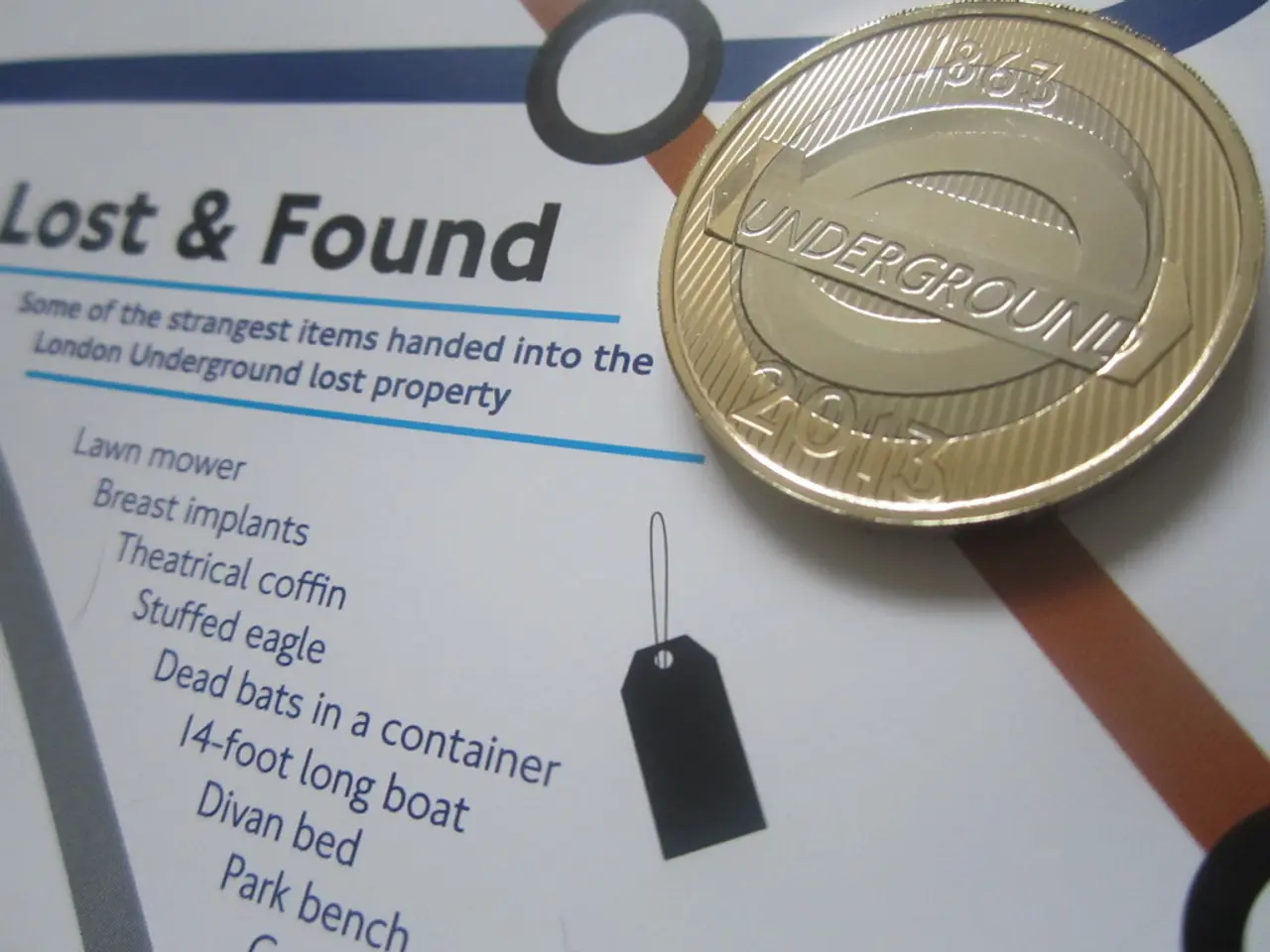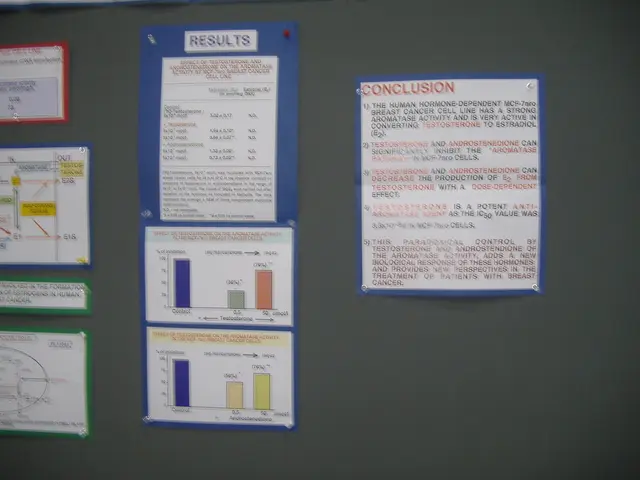Central bank authorities echo calls for digital token adoption at IMF event
The world of finance is on the brink of a significant transformation, as central banks and financial institutions explore the potential of tokenization and distributed ledger technology (DLT). This shift, which has been the subject of discussion at various forums, including the IMF Spring meetings and the Bank for International Settlements (BIS), is gaining momentum.
At the heart of this revolution is Project Pine, a joint research initiative between the BIS and the U.S. Federal Reserve. This project aims to assess the feasibility of central banks using tokenization and smart contracts to create a new financial architecture. The goal is to enable seamless settlement and interoperability across digital forms of money and securities, potentially making wholesale financial markets more efficient and resilient.
Agustin Carstens, outgoing BIS general manager, and Infosys Chairman Nandan Nilekani, who previously outlined their vision of the Finternet—a system enabling free financial asset transfer worldwide—see Project Pine as a significant step towards realizing this vision.
Currently, Project Pine is at the research and pilot stage. The Reserve Bank of Australia (RBA) has begun groundwork through a pilot under the same name, focusing on building an ecosystem that incorporates digital money beyond just retail CBDC, including wholesale CBDC and tokenized assets.
The expected impact of Project Pine is substantial. It could lead to enhanced integration between central bank money, commercial bank deposits, and tokenized government securities on DLT. This integration could improve settlement efficiency and reduce risks in wholesale financial markets through automation with smart contracts. Moreover, it could potentially pave the way for broader adoption of digital asset infrastructure by central banks and commercial participants. The project also opens new possibilities for innovation in financial market infrastructure and regulation aligned with digital finance trends.
Central banks have a crucial role to play in this transformation. They should provide a regulatory framework, coordinate with other regulators, and offer the basic foundational infrastructure to ensure interoperability with the unified ledger. Central banks should also enable the foundational assets, including wholesale CBDC, tokenized commercial bank money, and tokenized government bonds.
The path to mainstream tokenization is not without challenges. Piero Cipollone, Director of the European Central Bank (ECB), outlines his vision of using tokenization to enable a capital markets union, but acknowledges that the road is "bumpy." He emphasizes the need to avoid fragmentation and encourage competition.
The BIS has also been working on Project Agora, a tokenized cross-border payment system involving multiple central banks and private sector firms. A public-private sector partnership is necessary to make the Finternet vision a reality.
The IMF's overall message is one of big ambition for using tokenization to shift the boundaries of the financial system. Agustin Carstens sees the role of central banks as steering the participation of the private sector and maintaining trust by ensuring the singleness of money and finality in payments.
Innovations like Project Pine could potentially see countries adopting tokenization early, even those considered backward today, potentially leapfrogging to become far more advanced. The future of finance is here, and it's shaping up to be a fascinating journey.
Read also:
- Hematology specialist and anemia treatment: The role of a hematologist in managing anemia conditions
- Enhancing the framework or setup for efficient operation and growth
- Hydroelectric Power Generation Industry Forecasted to Expand to USD 413.3 Billion by 2034, Projected Growth Rate of 5.8% Compound Annual Growth Rate (CAGR)
- Increased tariffs resulting in higher prices at Shein and other Chinese fast-fashion retailers







